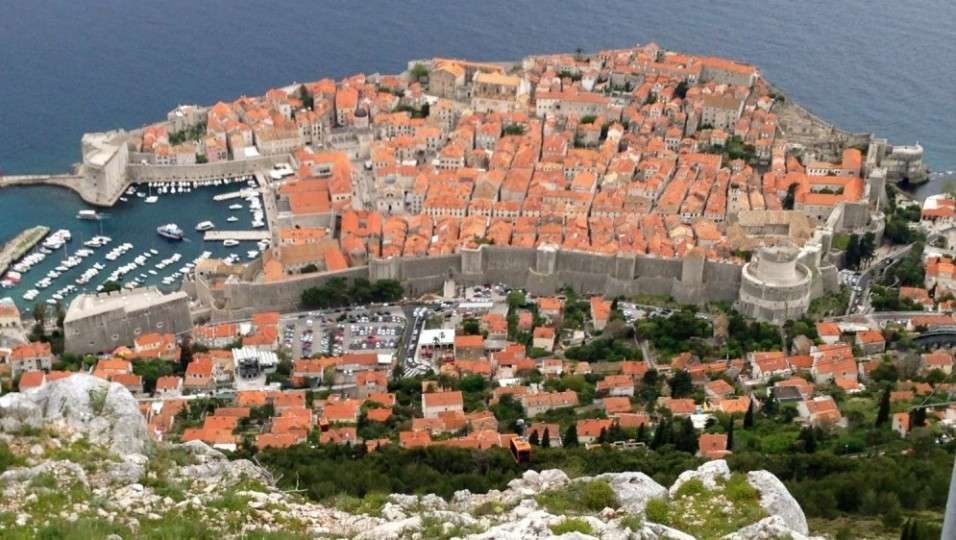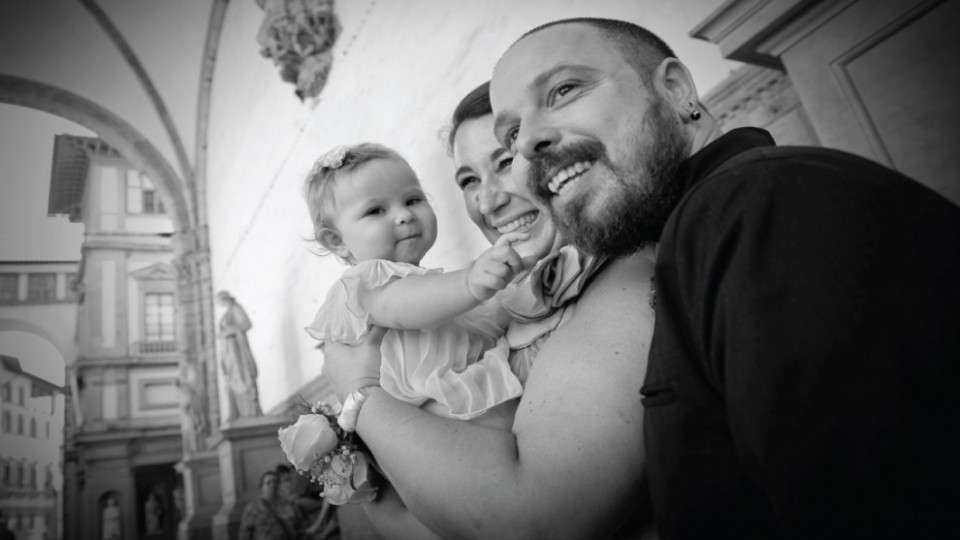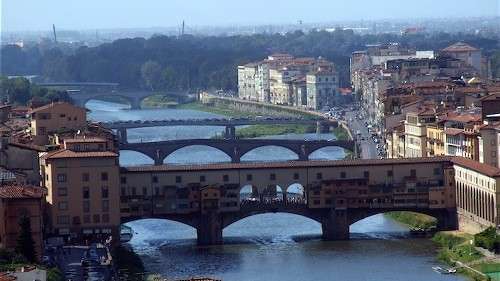Arc de Triomphe de l’Étoile
Arc de Triomphe – A unique viewpoint. From the top of the panoramic terrace, your eyes sweep over the whole of Paris.
Standing at the western end of the world’s most beautiful avenue Champs-Élysées, at the center of Place Charles de Gaulle, formerly named Place de l’Étoile — the étoile or “star” of the juncture formed by its twelve radiating avenues.
The construction of the Arc de Triomphe in Paris was ordered in 1806 by Napoleon I, the French Emperor, to honour the victories of his Grande Armée.
The Arc de Triomphe honours those who fought and died for France in the French Revolutionary and Napoleonic Wars, with the names of all French victories and generals inscribed on its inner and outer surfaces.
The names of 128 battles of the first French Republic and Napoleon’s Empire are written on the white walls under the vault together with the names of the generals who took part in them.
The construction of Arc de Triomphe was completed in 1836, long after Napoleon’s death in 1821. The Arc de Triomphe was inaugurated in 1836 by French king, Louis-Philippe, who dedicated it to the armies of the Revolution and the Empire.
On 15 December 1840, brought back to France from Saint Helena, Napoleon’s remains passed under it on their way to the Emperor’s final resting place at the Invalides.
Following its construction, the Arc de Triomphe became the rallying point of French troops parading after successful military campaigns and for the annual Bastille Day Military Parade.
The inside walls of the monument list the names of 660 people, among which are 558 French generals of the First French Empire; The names of those generals killed in battle are underlined.
Also inscribed, on the shorter sides of the four supporting columns, are the names of the major French victories in the Napoleonic Wars. The battles that took place in the period between the departure of Napoleon from Elba to his final defeat at Waterloo are not included.
Beneath the Arc is the Tomb of the Unknown Soldier from World War I. Interred on Armistice Day 1920, it has the first eternal flame lit in Western and Eastern Europe. It burns in memory of the dead who were never identified (now in both world wars).
A ceremony is held at the Tomb of the Unknown Soldier every 11 November on the anniversary of the armistice signed by the Entente Powers and Germany in 1918. It was originally decided on 12 November 1919 to bury the unknown soldier’s remains in the Panthéon, but a public letter-writing campaign led to the decision to bury him beneath the Arc de Triomphe. The coffin was put in the chapel on the first floor of the Arc on 10 November 1920, and put in its final resting place on 28 January 1921. The slab on top bears the inscription ICI REPOSE UN SOLDAT FRANÇAIS MORT POUR LA PATRIE 1914–1918 (“Here lies a French soldier who died for the fatherland 1914–1918”).
The flame of remembrance is rekindled every evening, the flame is lit on the tomb of the Unknown Soldier from the Great War.















